How Telescopes Work?
Telescopes have long been a cornerstone of astronomical discovery, allowing us to peer into the vast expanse of the universe and uncover its many secrets. Understanding how telescopes work can provide valuable insights into both the technology behind these instruments and the science they enable. In this article, we will delve into the fundamental principles of telescopes, explore the different types of telescopes, and discuss their applications in both professional astronomy and amateur stargazing.
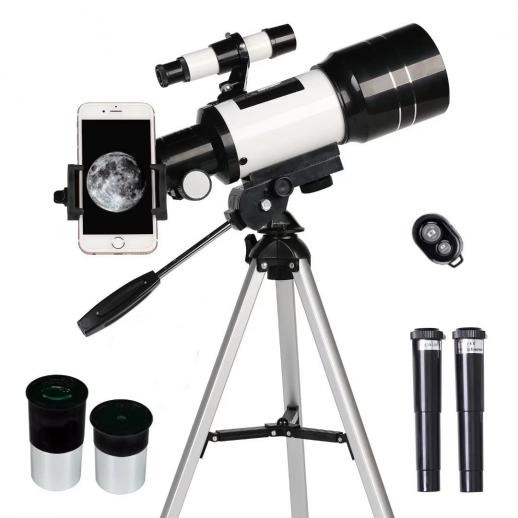
The Basic Principles of Telescopes
At its core, a telescope is an optical instrument designed to collect and magnify light from distant objects. The primary function of a telescope is to gather more light than the human eye can, thereby allowing us to see fainter objects and resolve finer details. This is achieved through two main components: the objective lens or mirror, and the eyepiece.
1. Objective Lens or Mirror: The objective is the main light-gathering element of the telescope. In refracting telescopes, this is a lens, while in reflecting telescopes, it is a mirror. The size of the objective, often referred to as the aperture, determines the telescope's light-gathering power and its ability to resolve fine details. Larger apertures can collect more light and provide better resolution.
2. Eyepiece: The eyepiece is a secondary lens that magnifies the image formed by the objective. By changing the eyepiece, users can adjust the magnification of the telescope. The combination of the objective and the eyepiece determines the overall magnification and field of view of the telescope.
Types of Telescopes
There are several types of telescopes, each with its own advantages and disadvantages. The three main types are refracting telescopes, reflecting telescopes, and catadioptric telescopes.
1. Refracting Telescopes: These telescopes use lenses to gather and focus light. The most famous example is the one used by Galileo Galilei. Refractors are known for their sharp and high-contrast images, making them ideal for observing planets and the moon. However, they can suffer from chromatic aberration, where different colors of light are focused at slightly different points, leading to color fringing around bright objects. High-quality refractors use special types of glass and lens designs to minimize this effect.
2. Reflecting Telescopes: Invented by Sir Isaac Newton, reflecting telescopes use mirrors instead of lenses to gather light. The primary mirror reflects light to a focal point, where a secondary mirror redirects it to the eyepiece. Reflectors do not suffer from chromatic aberration and can be made with much larger apertures than refractors, making them suitable for deep-sky observations. However, they require regular maintenance, such as collimation (alignment of the mirrors) and cleaning.
3. Catadioptric Telescopes: These telescopes combine lenses and mirrors to take advantage of the benefits of both designs. The most common types are Schmidt-Cassegrain and Maksutov-Cassegrain telescopes. Catadioptrics are versatile and compact, making them popular among amateur astronomers. They offer good image quality and are relatively easy to maintain, but they can be more expensive than other types.
How Telescopes Work: The Optical Path
To understand how telescopes work, it's essential to follow the optical path of light as it travels through the instrument. Let's consider a reflecting telescope as an example:
1. Light Collection: Light from a distant object enters the telescope and strikes the primary mirror at the back of the telescope tube. The primary mirror is curved, usually parabolic, to focus the incoming light to a single point.
2. Focusing: The primary mirror reflects the light to a focal point, where a secondary mirror is positioned. The secondary mirror redirects the light to the side of the telescope tube, where the eyepiece is located.
3. Magnification: The eyepiece magnifies the focused light, allowing the observer to see a larger and more detailed image of the distant object. The magnification is determined by the focal lengths of the objective and the eyepiece.
Applications of Telescopes
Telescopes have a wide range of applications, from professional astronomical research to amateur stargazing and even terrestrial observations.
1. Professional Astronomy: Large observatories around the world use powerful telescopes to study celestial objects in great detail. These telescopes are often equipped with advanced instruments, such as spectrographs and cameras, to analyze the light from stars, galaxies, and other astronomical phenomena. Observatories like the Hubble Space Telescope and the upcoming James Webb Space Telescope have revolutionized our understanding of the universe.
2. Amateur Astronomy: Many people enjoy stargazing as a hobby, and telescopes are a popular tool for exploring the night sky. Amateur astronomers use telescopes to observe planets, stars, nebulae, and galaxies. With the advent of affordable and portable telescopes, more people than ever can experience the wonders of the universe from their own backyards.
3. Terrestrial Observations: Telescopes are not limited to astronomical use. They are also used for terrestrial observations, such as birdwatching, surveillance, and even sports events. Spotting scopes, a type of refracting telescope, are commonly used for these purposes.
Choosing the Right Telescope
Selecting the right telescope depends on several factors, including the intended use, budget, and level of experience. Here are some tips to help you choose the best telescope for your needs:
1. Determine Your Interests: Are you primarily interested in observing planets, the moon, or deep-sky objects like galaxies and nebulae? Different types of telescopes are better suited for different types of observations.
2. Consider the Aperture: The aperture is one of the most critical factors in a telescope's performance. Larger apertures gather more light and provide better resolution, but they also tend to be more expensive and less portable.
3. Evaluate Portability: If you plan to take your telescope to different locations, consider its size and weight. Some telescopes are more portable than others, making them easier to transport and set up.
4. Set a Budget: Telescopes come in a wide range of prices, from affordable entry-level models to high-end professional instruments. Determine your budget and look for a telescope that offers the best value for your money.
5. Research and Reviews: Read reviews and seek advice from experienced astronomers to find a reliable and high-quality telescope. Online forums and astronomy clubs can be valuable resources for recommendations and tips.
Telescopes are remarkable instruments that have expanded our understanding of the universe and brought the wonders of the cosmos within reach. By understanding the basic principles of how telescopes work, the different types available, and their various applications, you can make an informed decision when choosing a telescope. Whether you are a professional astronomer or an amateur stargazer, a well-chosen telescope can provide countless hours of exploration and discovery. So, look up at the night sky, and let your telescope be your window to the stars.







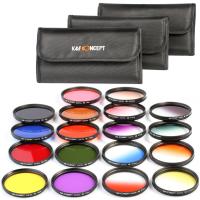




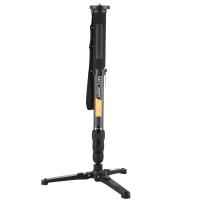

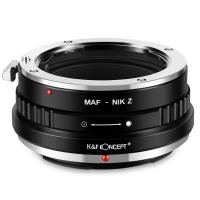





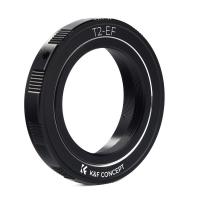

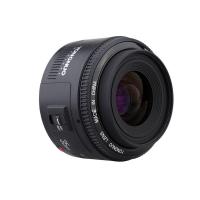

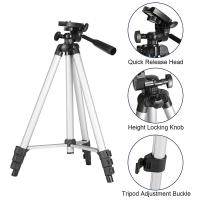






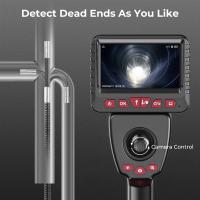
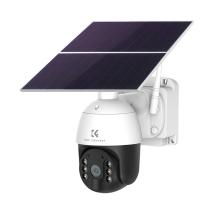


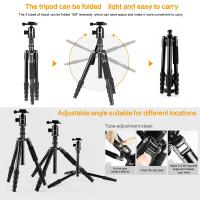


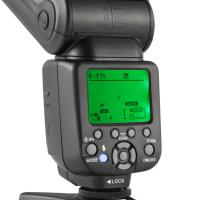
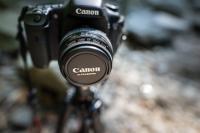
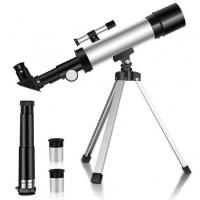
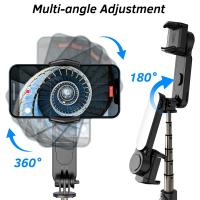
There are no comments for this blog.